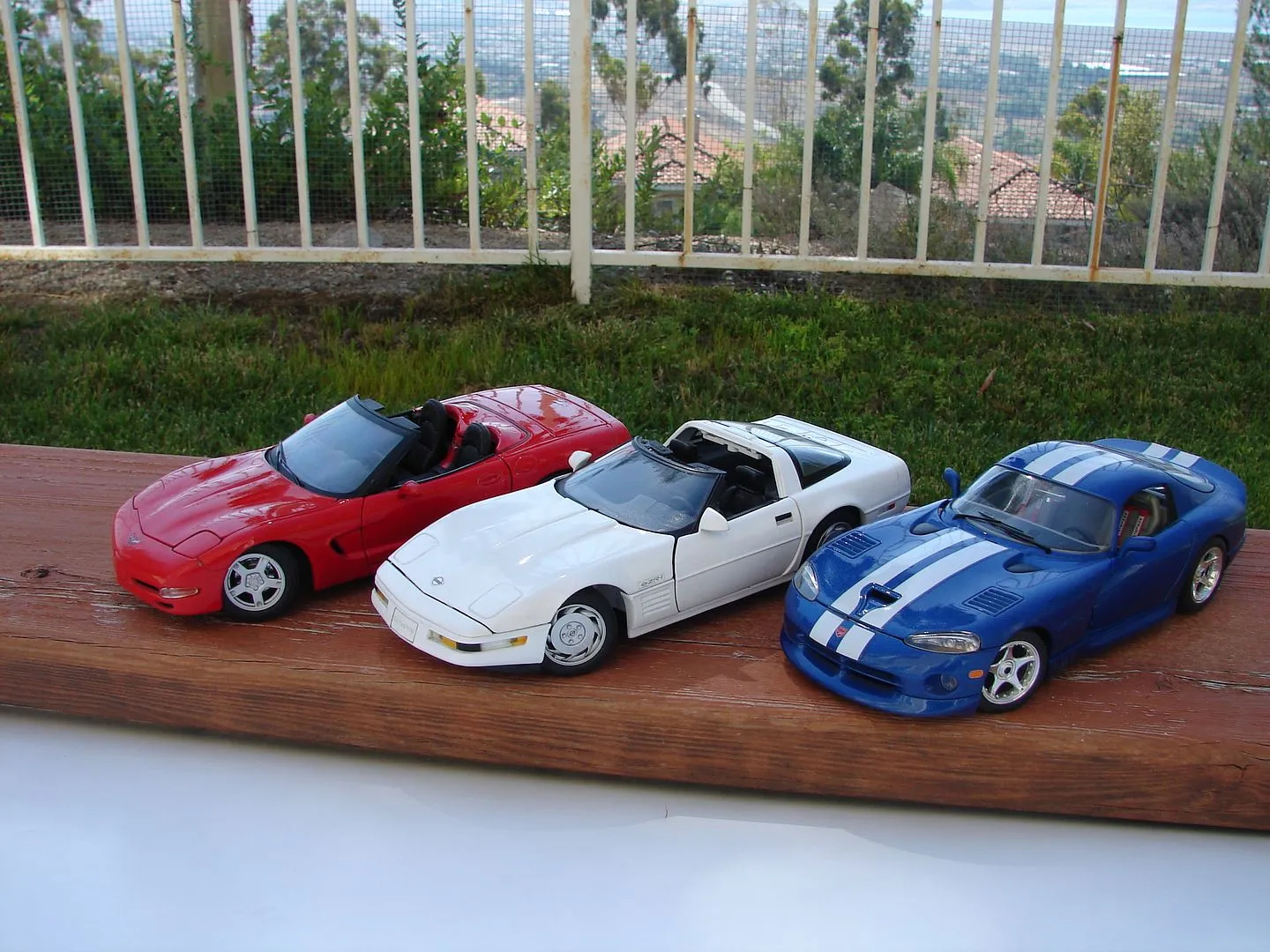What are Diecast Cars
Diecast cars are miniature models of real-life vehicles, meticulously crafted using the die-casting process. This involves injecting molten metal, typically zinc alloys, into molds to create highly detailed replicas. These models have captivated collectors and enthusiasts of all ages for decades, offering a tangible way to appreciate automotive history and engineering. The appeal of diecast cars lies in their realism, the variety of vehicles represented, and the thrill of collecting. From classic automobiles to modern supercars, the world of diecast cars offers something for everyone. The level of detail in modern diecast models is astounding, with intricate interiors, realistic paint finishes, and functional features that make them miniature works of art. Understanding the basics of diecast cars is the first step in appreciating this fascinating hobby.
History of Diecast Cars
The history of diecast cars is a journey through the evolution of toy manufacturing and the enduring appeal of miniature vehicles. The earliest diecast models emerged in the early 20th century, primarily as promotional items or simple toys. The first models were made of lead, until zinc alloys became the more used material. During World War II, the production was stopped because the metals were in high demand. After the war, the industry went to mass production, making diecast cars more available. Companies like Dinky Toys and Corgi Toys quickly gained popularity, setting the stage for the golden age of diecast collecting. The quality and detail of diecast models improved dramatically over the years, with manufacturers focusing on accuracy and realism. The evolution of diecast cars reflects changing automotive trends and technological advancements in manufacturing.
Evolution of Diecast Models
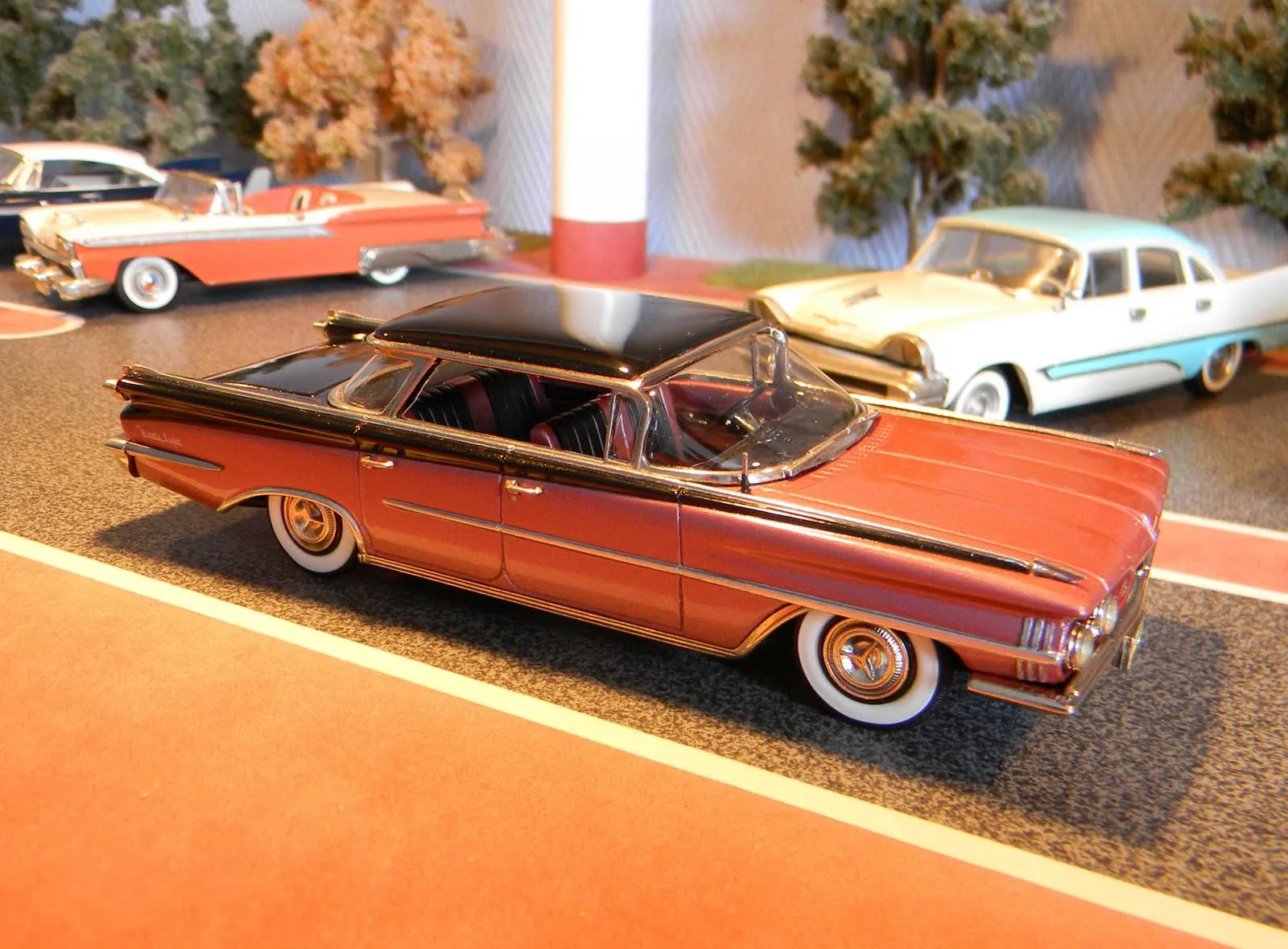
As manufacturing technology advanced, so did the detail and quality of diecast models. Early models were often simple and lacked intricate features. Over time, manufacturers began to incorporate more realistic details, such as opening doors, detailed engines, and authentic interiors. The introduction of plastic components, improved paint techniques, and advanced assembly methods further enhanced the realism of diecast cars. Today’s diecast models are miniature works of art, with many featuring functional steering, suspension, and other intricate details. The evolution continues as manufacturers strive to create ever more accurate and detailed replicas of real-world vehicles. The history of diecast cars is a testament to human creativity and the desire to capture the essence of iconic vehicles in miniature form.
Popular Diecast Scales
Diecast cars come in a variety of scales, each representing a different proportion of the real-life vehicle. Scale refers to the ratio between the size of the model and the actual vehicle. The most popular scales offer collectors a wide range of choices and allow for diverse collections. Understanding the different scales is crucial for collectors to ensure they are buying models that fit their display preferences and collection goals. Different scales offer unique advantages, from the detail of larger models to the space-saving convenience of smaller ones. The choice of scale often depends on personal preference, available space, and the specific vehicles a collector is interested in.
1 18 Scale
1 18 scale models are some of the most popular among diecast car collectors. These models are approximately 1/18th the size of the real vehicle, offering a good balance between detail and size. 1 18 scale cars provide a high level of detail, with intricate interiors, opening doors, hoods, and trunks, and sometimes even functional steering and suspension. The larger size allows manufacturers to incorporate more detail, making these models visually stunning. They are ideal for collectors who appreciate realism and are willing to dedicate space for larger models. 1 18 scale models often feature realistic paint finishes and accurate representations of the original vehicles.
1 24 Scale
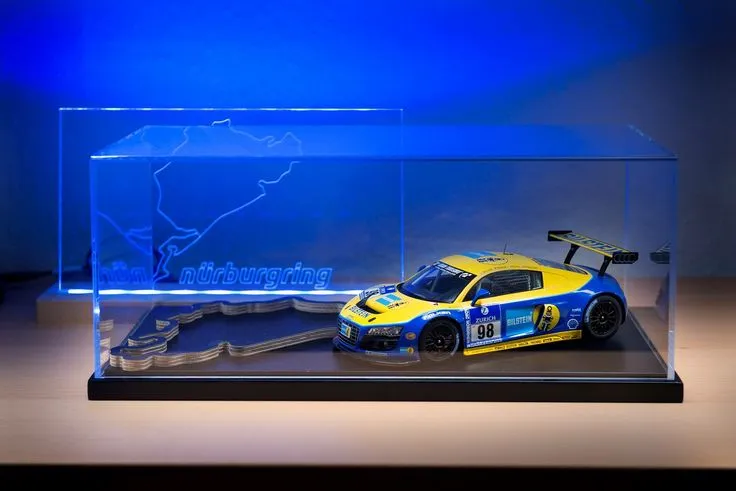
1 24 scale diecast cars are a popular choice for many collectors, offering a balance between detail and display space. These models are 1/24th the size of the real vehicle, making them slightly smaller than 1 18 scale models. 1 24 scale cars still provide a good level of detail, with many featuring opening doors, detailed interiors, and realistic paint finishes. This scale is often favored for its affordability and the ability to display a larger number of models in a smaller space. 1 24 scale models are widely available, with a vast selection of vehicles from various manufacturers and eras. Collectors often choose 1 24 scale for their versatility and the wide range of available models.
1 43 Scale
1 43 scale diecast cars are a compact and popular choice for collectors, representing models that are 1/43rd the size of the real vehicles. This scale is ideal for collectors with limited display space or those who prefer to build extensive collections. 1 43 scale models still offer a good level of detail, though the smaller size means some features may be simplified. This scale is widely available, with a vast array of vehicles from different manufacturers and eras. 1 43 scale models are also often more affordable than larger scales, making them accessible for beginners. They are perfect for creating detailed dioramas or displaying a large collection without requiring a lot of space.
Different Types of Diecast Cars
The world of diecast cars encompasses a vast array of vehicle types, each with its own unique appeal. From classic cars that evoke nostalgia to modern supercars that represent cutting-edge technology, there is a diecast model to suit every taste. The variety of vehicle types reflects the diversity of the automotive world, and collectors often specialize in particular categories or eras. Exploring the different types of diecast cars is an exciting journey that can lead to the discovery of hidden gems and the appreciation of automotive history. Whether you are a fan of vintage vehicles, performance cars, or everyday automobiles, there is a diecast model waiting to be discovered.
Classic Cars
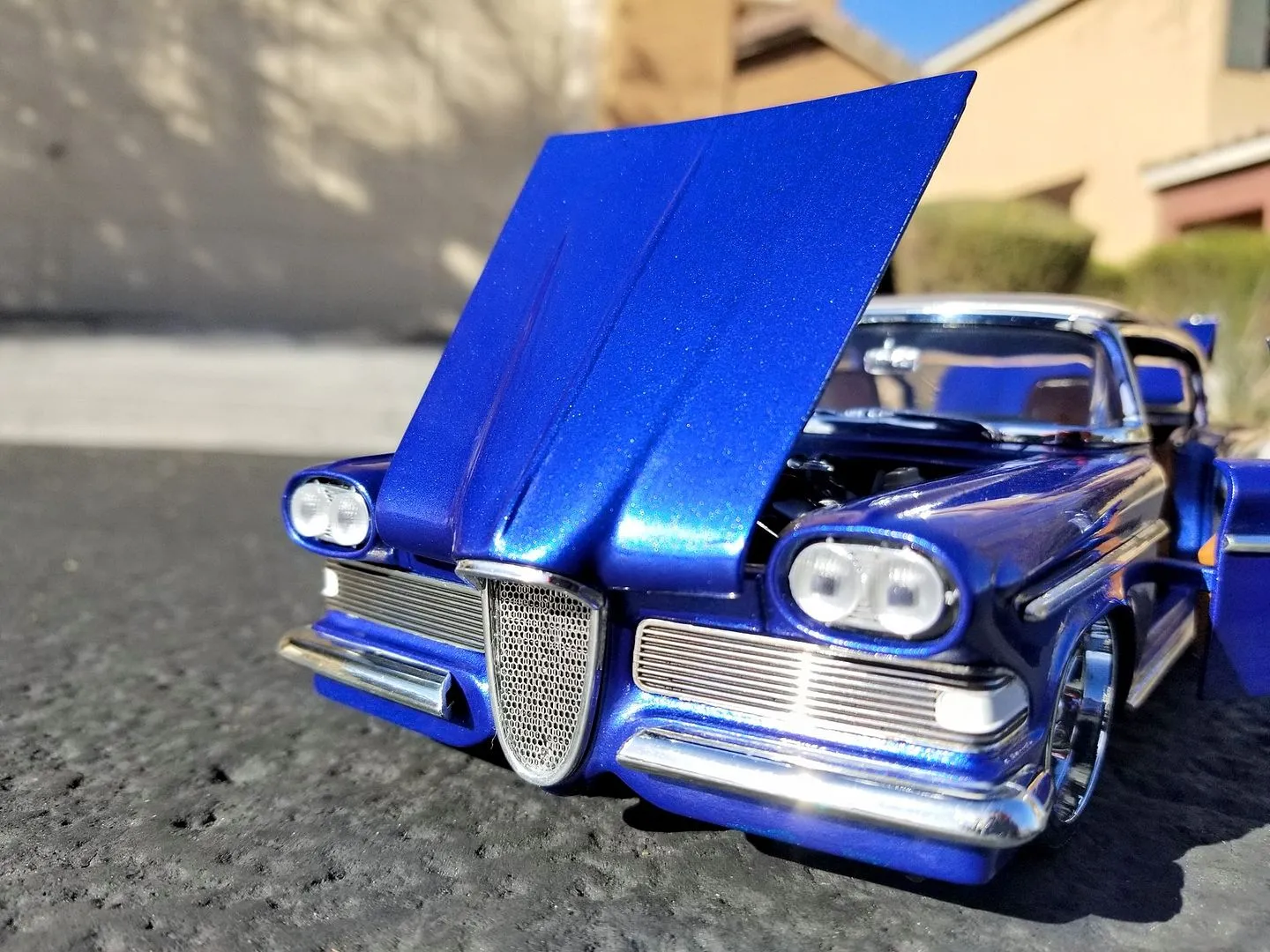
Classic car diecast models are a popular choice for collectors who appreciate vintage vehicles. These models capture the charm and elegance of iconic cars from the past, such as the Ford Mustang, Chevrolet Corvette, and Jaguar E-Type. Classic car models often feature accurate details, including period-correct paint colors, interior designs, and engine components. Collecting classic car diecast models is a way to celebrate automotive history and relive the golden age of motoring. These models evoke a sense of nostalgia and are perfect for display in a collection or as a decorative item. Many collectors focus on a specific era or brand, allowing them to create a focused and curated collection.
Modern Cars
Modern car diecast models represent the latest vehicles, including sports cars, sedans, SUVs, and electric vehicles. These models showcase the latest automotive designs, technologies, and trends. Collectors of modern car diecast models often appreciate the sleek lines, advanced features, and innovative designs of contemporary vehicles. These models capture the essence of current automotive engineering and are often highly detailed, with accurate paint finishes, interior details, and realistic features. Collecting modern car diecast models allows enthusiasts to stay connected to the ever-evolving automotive landscape. Many collectors enjoy the challenge of acquiring models of their favorite modern cars as soon as they are released.
Race Cars
Race car diecast models are a thrilling category for collectors who are passionate about motorsport. These models accurately represent the iconic race cars that have competed in Formula 1, Le Mans, NASCAR, and other racing series. Race car models often feature detailed livery, sponsor decals, and realistic racing tires. Collecting race car diecast models allows enthusiasts to celebrate the history and excitement of motorsports. Collectors often focus on particular drivers, teams, or racing series, allowing them to create focused and specialized collections. These models capture the speed, adrenaline, and competitive spirit of racing. Many race car models come with display cases and certificates of authenticity, making them even more desirable for collectors.
Factors to Consider When Buying Diecast Cars
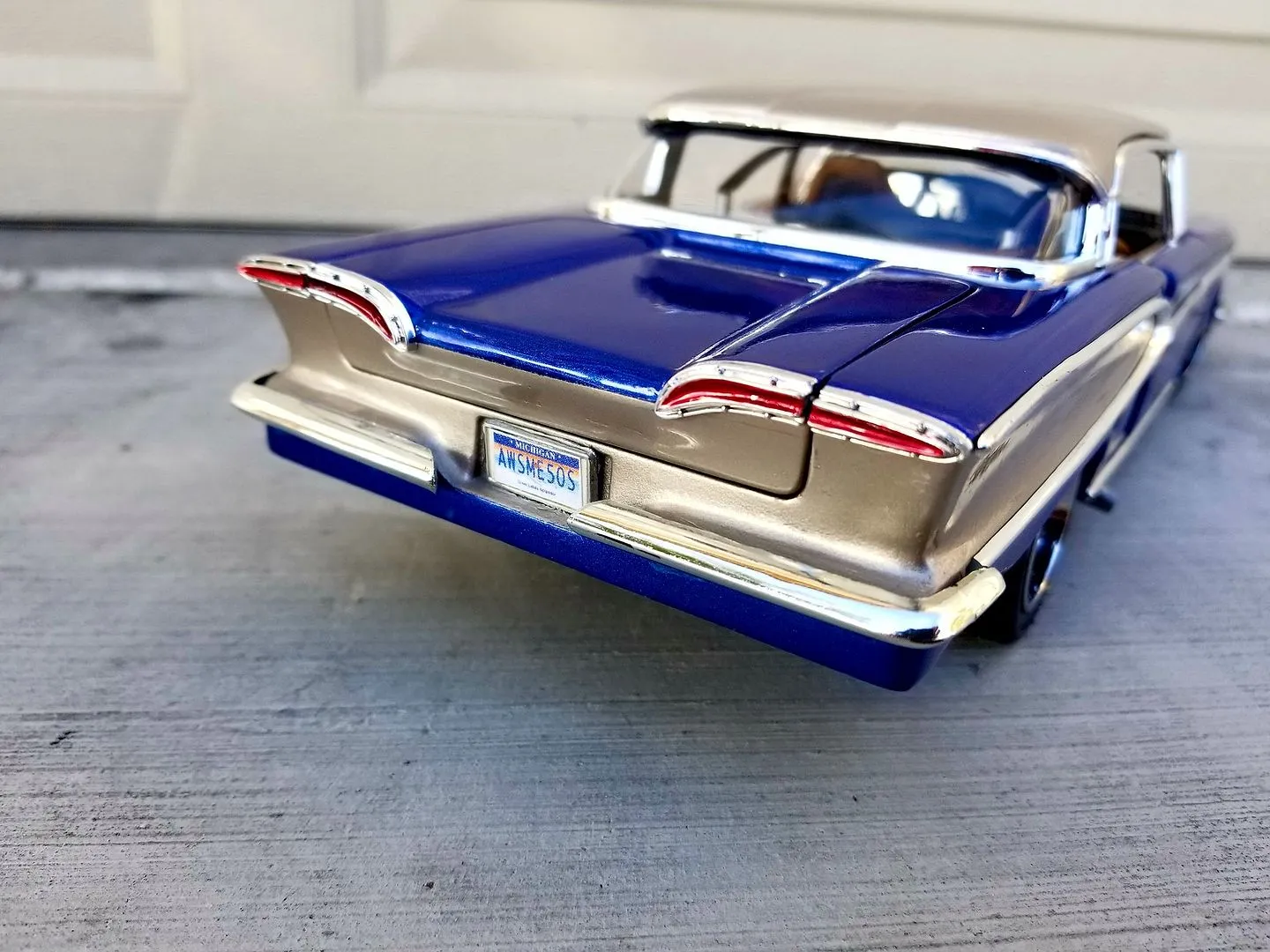
When buying diecast cars, several factors should be considered to ensure you are making informed decisions. Factors like scale, material quality, level of detail, and the seller’s reputation all play a role in the value and enjoyment of your collection. Whether you are a beginner or a seasoned collector, understanding these factors can help you make smart purchases and build a collection that you will cherish. Researching these elements will enhance your appreciation of the hobby and help you avoid potential pitfalls. Investing time in understanding these factors is crucial to a satisfying collecting experience.
Scale and Size
The scale and size of a diecast car are fundamental considerations when making a purchase. As discussed previously, scales determine the model’s proportion to the real vehicle, with 1 18, 1 24, and 1 43 being the most popular. The scale affects the level of detail, the amount of display space required, and the price of the model. Larger scales (1 18) often offer more detail but take up more space. Smaller scales (1 43) are more space-efficient but may have fewer intricate features. Consider your available display space and the level of detail you desire when selecting a scale. Building a collection with a mix of scales is also a viable option, allowing for a varied and visually interesting display.
Material and Build Quality
The material and build quality of a diecast car significantly impact its durability and value. Most diecast models are made of zinc alloys, with plastic parts used for interiors, tires, and other details. High-quality models will have a solid feel, with well-aligned parts and smooth paint finishes. Inspect the model for any defects, such as scratches, misaligned parts, or imperfections in the paint. Examine the moving parts, such as doors and wheels, to ensure they operate smoothly. The build quality will affect the longevity of the model and its ability to maintain its value over time. Always research the manufacturer’s reputation for quality before making a purchase. Pay attention to the reviews of other collectors to gauge build quality.
Details and Features
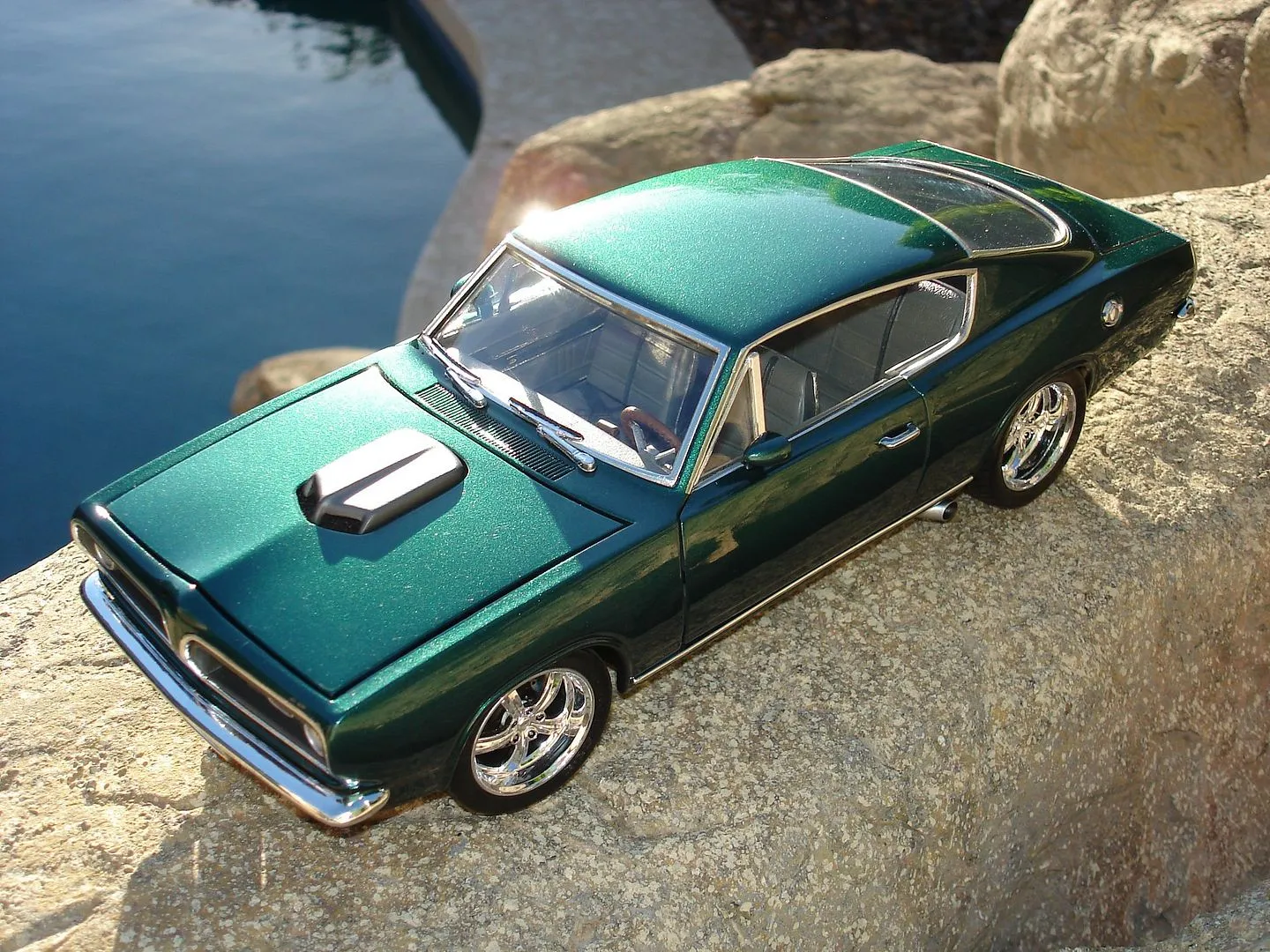
The details and features of a diecast car are essential elements that define its realism and collectability. Look for models with detailed interiors, realistic paint finishes, and accurate representations of the original vehicle’s features. Many models offer opening doors, hoods, and trunks, and some even have functional steering and suspension. Some models may have detailed engine compartments and undercarriages. The level of detail can vary significantly depending on the scale and manufacturer. Inspect the model carefully to assess the level of detail and how closely it matches the real-life vehicle. The presence of realistic details can greatly enhance the value and appeal of a diecast car. Consider what features are important to you, such as opening doors or detailed interiors, when making your selection.
Where to Buy Diecast Cars
There are several places to buy diecast cars, each with its own advantages and disadvantages. Knowing where to find diecast models is an essential part of the collecting experience. From online marketplaces to specialty shops, the options are vast and varied. Exploring different sources will help you find the models you are looking for and discover hidden gems. Whether you are searching for a rare model or simply building your collection, knowing where to look is key. Consider the seller’s reputation, the prices offered, and the selection available when choosing where to buy.
Online Marketplaces
Online marketplaces such as eBay and Amazon offer a vast selection of diecast cars from various sellers. These platforms provide convenience and a wide variety of choices. You can find everything from common models to rare collectibles. However, it’s important to be cautious when buying from online marketplaces. Always check the seller’s feedback rating and read the product descriptions carefully. Be sure to compare prices from different sellers and factor in shipping costs. Ensure that you are purchasing from a reputable seller to avoid scams or counterfeit products. Online marketplaces offer the chance to find unique and hard-to-find models, but thorough research is vital.
Specialty Diecast Shops
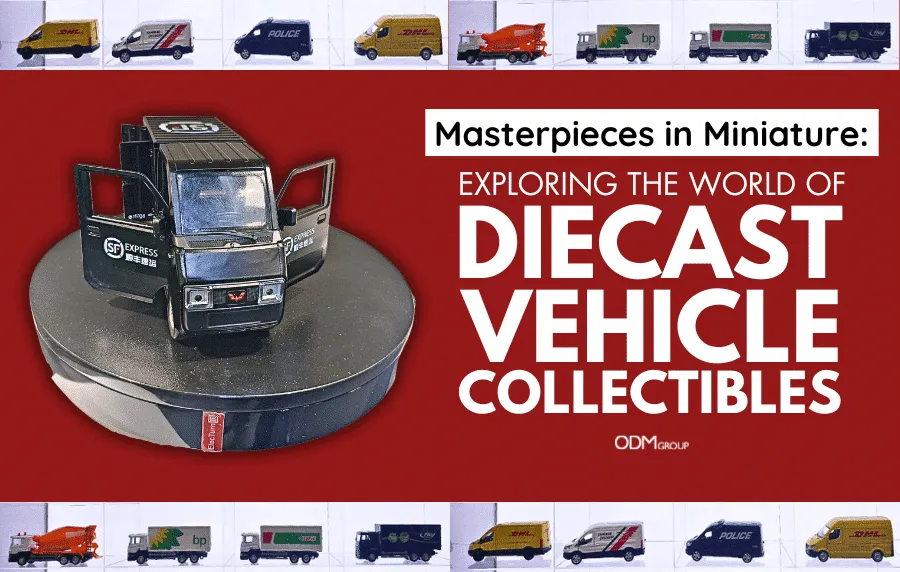
Specialty diecast shops, both online and brick-and-mortar, offer a curated selection of high-quality diecast cars and a more personalized shopping experience. These shops often specialize in specific scales, brands, or vehicle types. The staff members are usually knowledgeable and can provide expert advice and assistance. Specialty shops offer a more focused selection, making it easier to find the models you are interested in. These shops also provide a higher level of customer service and may offer exclusive or limited-edition models. While prices may be slightly higher than online marketplaces, the expertise and selection available make them an excellent option for serious collectors. Checking out local stores can also be a great source for finding models that may not be available online.
Diecast Car Care and Maintenance
Proper care and maintenance are essential to preserving the value and appearance of your diecast car collection. Diecast models are delicate and can be easily damaged if not handled with care. Regular cleaning, proper storage, and careful handling will help keep your models in excellent condition for years to come. Taking the time to protect your investment will ensure you continue to enjoy your collection for many years. Implementing a few simple practices will help maintain the condition and beauty of your diecast cars.
Cleaning and Dusting
Regular cleaning and dusting are vital for maintaining the appearance of your diecast cars. Dust and dirt can accumulate over time and damage the paint finish and other details. Use a soft, lint-free cloth or a specialized diecast car cleaning kit to gently remove dust and debris. Avoid using harsh chemicals or abrasive cleaners, as they can damage the paint. Consider using a soft brush to clean hard-to-reach areas. Regular dusting will keep your models looking their best. Store your models in a dust-free environment to minimize the need for cleaning. Be gentle, consistent cleaning will protect your investment.
Storage Solutions
Proper storage solutions are essential to protect your diecast car collection from damage and deterioration. Store your models in a cool, dry place away from direct sunlight and extreme temperatures. Avoid storing models in damp or humid environments, as this can lead to rust or corrosion. Consider using display cases or shelves to showcase your collection and protect it from dust and accidental damage. Individual cases or blister packs will also keep models safe. Arrange your models in a way that allows easy access and prevents them from being knocked over. Proper storage will help protect your collection and preserve its value.
Diecast Car Collecting Tips
Collecting diecast cars is a rewarding hobby that can provide years of enjoyment. There are many ways to get started, and with a few tips, you can build a valuable and satisfying collection. Whether you are a beginner or an experienced collector, these tips will help you enhance your collecting experience. The diecast car collecting world is full of passion and fun, and building your collection can be very rewarding. Following these tips will help you maximize your enjoyment of the hobby.
Start with a Focus
One of the best ways to get started with diecast car collecting is to focus on a specific area or theme. This could include collecting models of a particular brand, era, vehicle type, or scale. Focusing your collecting efforts will make it easier to build a cohesive collection and avoid the feeling of being overwhelmed. It can also help you to become more knowledgeable about your chosen area of interest. Starting with a focus will guide your purchasing decisions and provide a sense of direction in your collecting journey. Consider your interests when deciding what to focus on, and let your passion guide your collecting choices.
Join a Collectors Club
Joining a collectors club is a great way to connect with other enthusiasts and learn more about diecast cars. Collectors clubs often host meetings, events, and online forums where members can share their knowledge, trade models, and discuss their collections. Collectors clubs provide a supportive community for sharing tips, insights, and information about the hobby. Participating in a collectors club can also provide access to rare or hard-to-find models. Look for local or online collectors clubs to get started. Sharing your passion with others can enhance your enjoyment and deepen your appreciation of the hobby.
Conclusion
Diecast car collecting is a fascinating and rewarding hobby that offers a blend of history, art, and automotive passion. From understanding the basics to building a collection, there is much to discover in the world of diecast cars. This guide provides a comprehensive overview of the hobby, including the history, different types of models, factors to consider when buying, and tips for care and maintenance. Whether you are a seasoned collector or just starting, hopefully, this guide has provided valuable insights. The world of diecast cars awaits, and the journey is as exciting as the destination. Happy collecting!
